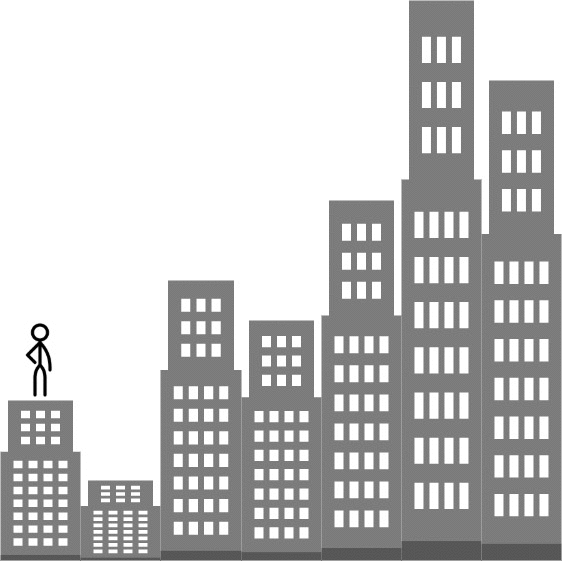2021-04-26 Daily-Challenge
Today I have done Word Pattern and leetcode's April LeetCoding Challenge with cpp.
Word Pattern
Description
Given a pattern and a string s, find if s follows the same pattern.
Here follow means a full match, such that there is a bijection between a letter in pattern and a non-empty word in s.
Example 1:
Input: pattern = "abba", s = "dog cat cat dog"
Output: true
Example 2:
Input: pattern = "abba", s = "dog cat cat fish"
Output: false
Example 3:
Input: pattern = "aaaa", s = "dog cat cat dog"
Output: false
Example 4:
Input: pattern = "abba", s = "dog dog dog dog"
Output: false
Constraints:
1 <= pattern.length <= 300patterncontains only lower-case English letters.1 <= s.length <= 3000scontains only lower-case English letters and spaces' '.sdoes not contain any leading or trailing spaces.- All the words in
sare separated by a single space.
Solution
class Solution {
int countWords(string &s) {
bool isSpace = true;
int result = 0;
for(auto c : s) {
result += (c != ' ') * isSpace;
isSpace = c == ' ';
}
return result;
}
string nextWord(string &s, int &index) {
while(s[index] == ' ') index += 1;
int len = 0;
while(index + len < s.length() && s[index + len] != ' ') len += 1;
index += len;
return s.substr(index - len, len);
}
public:
bool wordPattern(string pattern, string s) {
if(pattern.length() != countWords(s)) return false;
unordered_map<char, string> mp;
unordered_map<string, int> cnt;
int pos = 0;
for(auto c : pattern) {
auto word = nextWord(s, pos);
if(mp.count(c) && mp[c] != word) return false;
if(!mp.count(c)){
mp[c] = word;
cnt[word] += 1;
}
}
for(auto [_word, c] : cnt) if(c > 1) return false;
return true;
}
};
April LeetCoding challenge 26
Description
Furthest Building You Can Reach
You are given an integer array heights representing the heights of buildings, some bricks, and some ladders.
You start your journey from building 0 and move to the next building by possibly using bricks or ladders.
While moving from building i to building i+1 (0-indexed),
- If the current building's height is greater than or equal to the next building's height, you do not need a ladder or bricks.
- If the current building's height is less than the next building's height, you can either use one ladder or
(h[i+1] - h[i])bricks.
Return the furthest building index (0-indexed) you can reach if you use the given ladders and bricks optimally.
Example 1:

Input: heights = [4,2,7,6,9,14,12], bricks = 5, ladders = 1
Output: 4
Explanation: Starting at building 0, you can follow these steps:
- Go to building 1 without using ladders nor bricks since 4 >= 2.
- Go to building 2 using 5 bricks. You must use either bricks or ladders because 2 < 7.
- Go to building 3 without using ladders nor bricks since 7 >= 6.
- Go to building 4 using your only ladder. You must use either bricks or ladders because 6 < 9.
It is impossible to go beyond building 4 because you do not have any more bricks or ladders.
Example 2:
Input: heights = [4,12,2,7,3,18,20,3,19], bricks = 10, ladders = 2
Output: 7
Example 3:
Input: heights = [14,3,19,3], bricks = 17, ladders = 0
Output: 3
Constraints:
1 <= heights.length <= 1051 <= heights[i] <= 1060 <= bricks <= 1090 <= ladders <= heights.length
Solution
class Solution {
public:
int furthestBuilding(vector<int>& heights, int bricks, int ladders) {
int len = heights.size();
int pos = 0;
priority_queue<int> q;
for(;pos < len - 1; pos += 1) {
// cout << pos << ' ' << bricks << ' ' << ladders << endl;
int diff = heights[pos + 1] - heights[pos];
if(diff <= 0) {
continue;
}
if(diff <= bricks) {
bricks -= diff;
q.push(diff);
} else {
if(!ladders) break;
if(q.size() && q.top() > diff) {
bricks += q.top() - diff;
q.pop();
q.push(diff);
}
ladders -= 1;
}
}
return pos;
}
};